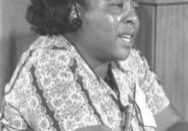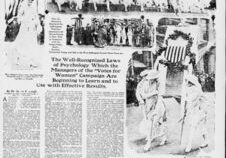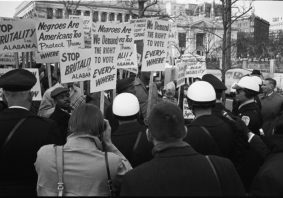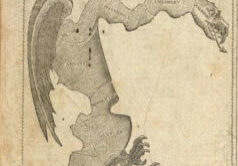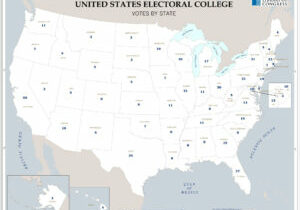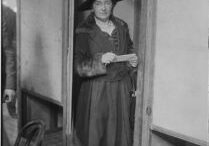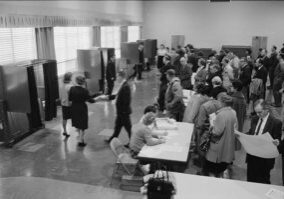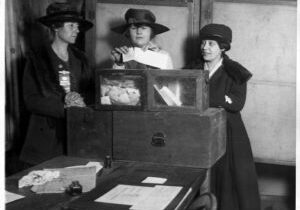Lesson Plans
Voice of Freedom: Fannie Lou Hamer
Pair the picture book, Voice of Freedom: Fannie Lou Hamer, with primary sources to deepen student understanding of Jim Crow laws and the struggle for civil rights, in general, and voting rights, in particular. After, students can investigate current voting laws in their state.
Science & the Suffragettes
Students evaluate historical claims and the evidence to support them and consider their applicability to today.
Selma & Voting Rights: Standing Up for Equality
Through inquiry into primary sources, students discover a story of citizens shaping and sustaining our democracy through civic action and will contemplate the import and impact of citizens who strive for equality. This lesson may be used prior to reading a fictional work or poem related to the civil rights movement or in conjunction with a close reading of Lyndon B. Johnson’s March 15, 1965 voting rights address to Congress (in whole or in part).
Gerrymandering: Voting by Numbers
Students learn about the application of ratios and proportions to the real political issue of gerrymandering. In Part I, students conduct a primary-source analysis of the original 1812 political cartoon about Elbridge Gerry’s redistricting in Massachusetts to build background knowledge. In Part II, students analyze a historical map of Massachusetts’s gerrymandered voting districts in 1812 and compare it to the political cartoon to discuss issues of fairness. In Part III, students solve a hypothetical problem about fair representation on a student council, using their knowledge and understanding of gerrymandering and ratios. Finally, students role-play state legislators in a hypothetical state to solve problems of representation, including gerrymandering.
Electoral College: Are All Votes Equal?
Students examine the process of voting and the Electoral College. Applying mathematical percentages, students experience how population and voting impact elections in this country and consider if everyone’s vote matters. Then students consider the use of the Electoral College and how it aligns with the popular vote.
- « Previous
- 1
- 2
